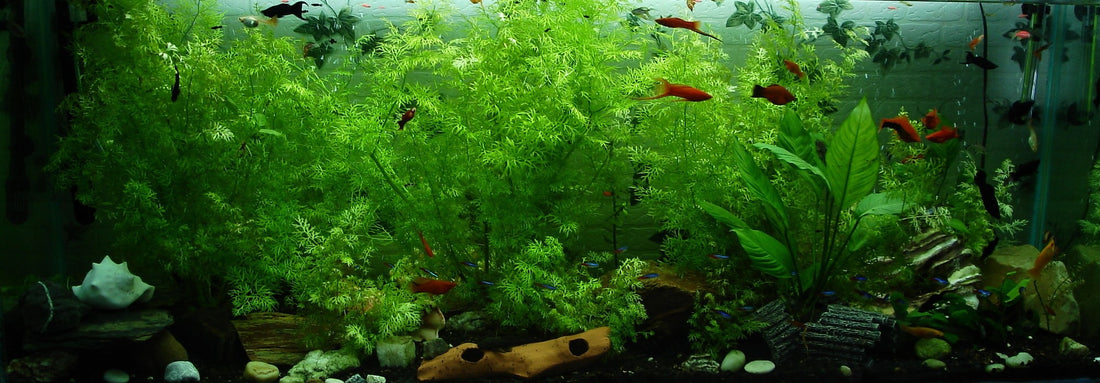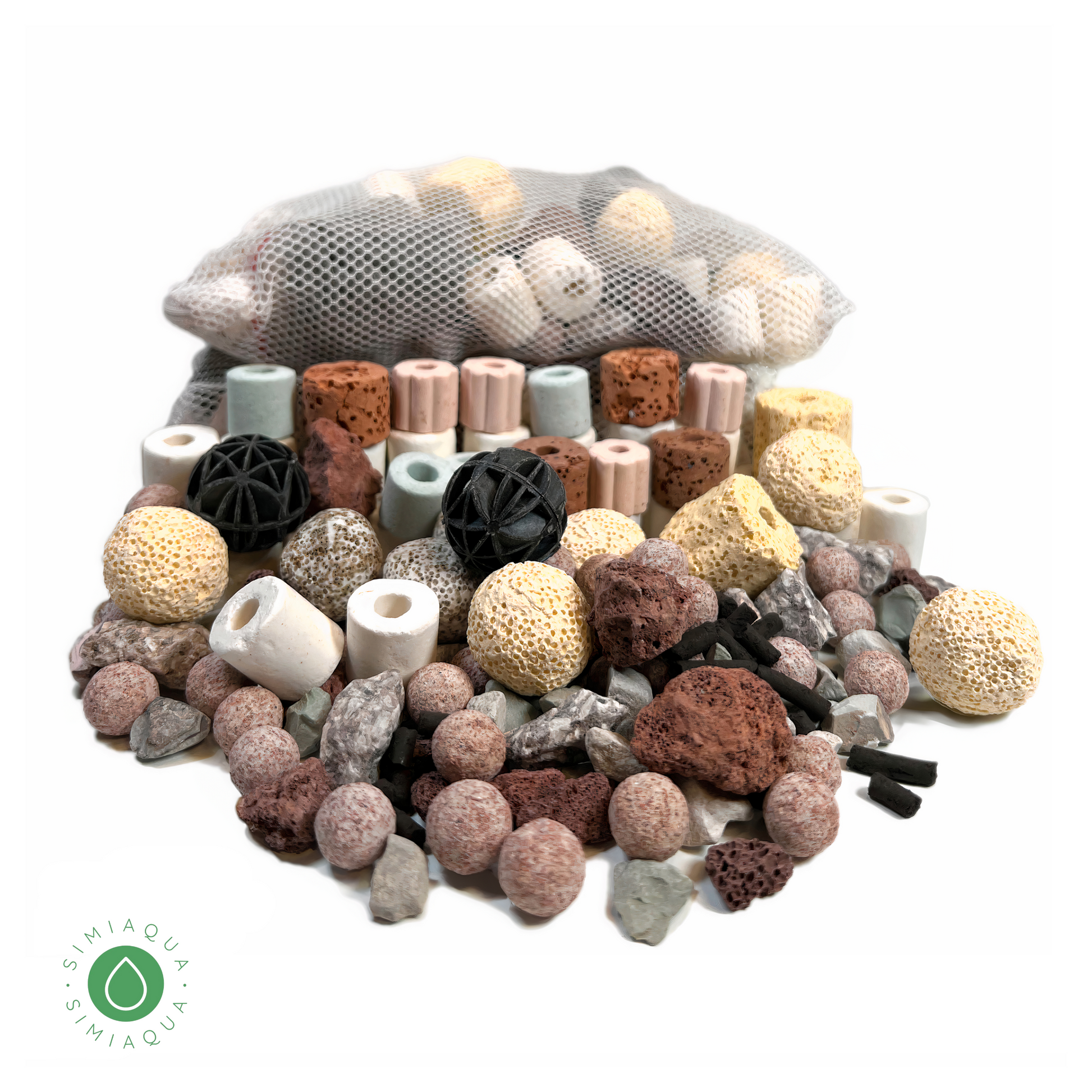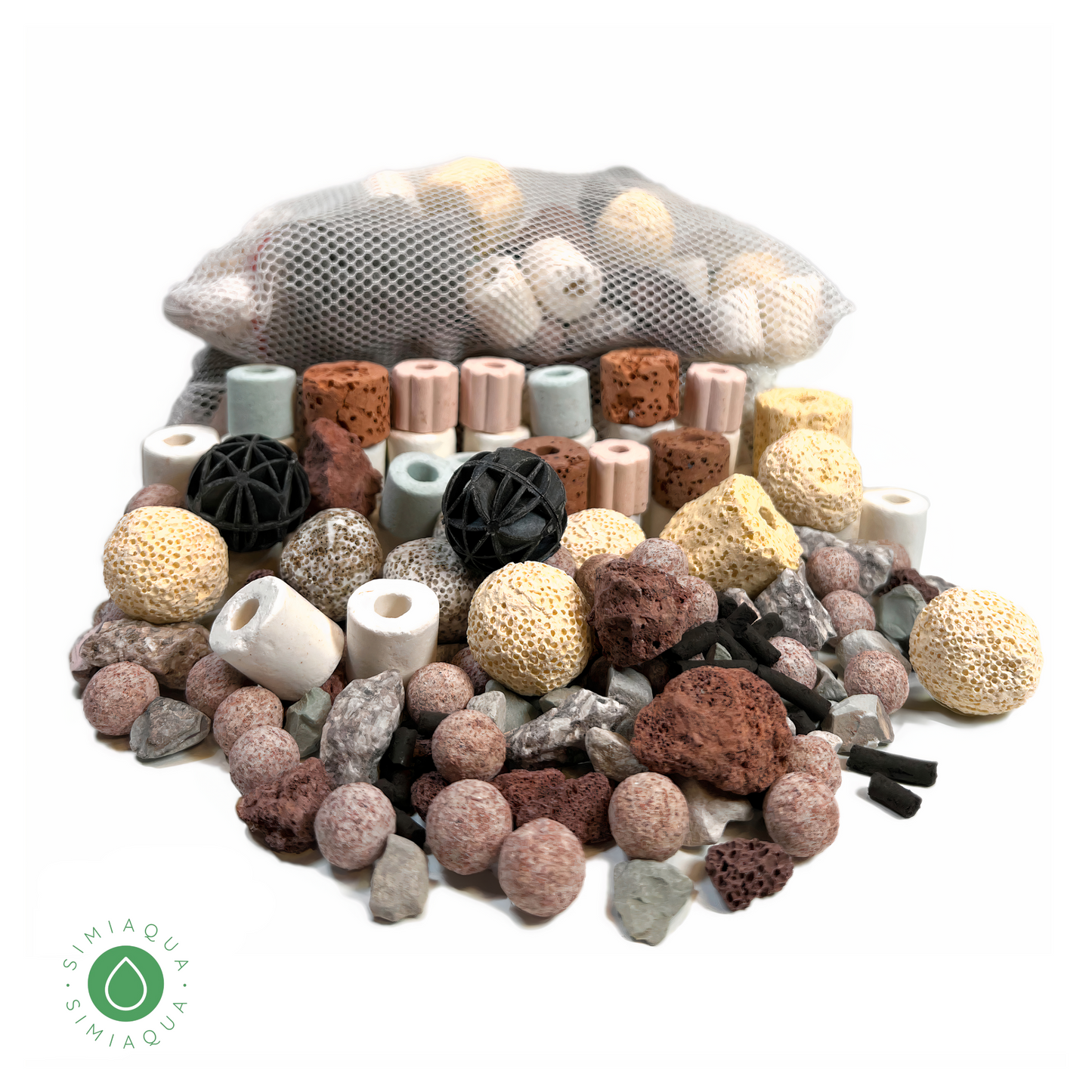
10 Essential Tips for Caring for Aquarium Plants: How to Keep Your Tank Plants Thriving
Share
Aquarium plants provide beauty, oxygen, and a natural habitat for your fish and other aquatic life. Proper care and maintenance are essential for keeping your plants healthy and thriving. Here are 10 essential tips for taking care of your aquarium plants:
-
Choose the right plants: Different plants have different lighting and care requirements. Research the plants you are considering and choose ones that are compatible with your tank setup.
-
Provide proper lighting: Most aquarium plants need a certain amount of light to photosynthesize and grow. If your tank doesn't receive enough natural light, you may need to provide artificial lighting with a plant-specific LED light or fluorescent bulb.
-
Fertilize regularly: Aquarium plants need nutrients to grow and thrive. These nutrients can come from the fish waste and uneaten food in the tank, but it's often not enough to sustain the plants. To supplement, you can use liquid fertilizers or add fertilizing tablets to the substrate (the material at the bottom of the tank).
-
Keep the water clean: Proper filtration and regular water changes are important for maintaining a healthy tank environment for both the plants and fish. Make sure to use a water conditioner to remove chlorine and other contaminants from the tap water before adding it to the tank.
-
Prune and trim: Overgrown plants can become unhealthy and take up too much space in the tank. Prune and trim your plants regularly to keep them looking their best and to encourage new growth.
-
Consider adding a CO2 system: Carbon dioxide (CO2) is essential for plant growth and can be added to the tank through a CO2 system. These systems usually consist of a CO2 tank, regulator, and diffuser. Adding CO2 to the tank can help boost plant growth, but it's important to monitor the levels carefully as too much can be harmful to the fish.
-
Provide the right nutrients and minerals: Plants need a range of minerals to grow and thrive, including nitrogen, potassium, and phosphate. These nutrients can be provided through fertilizers or added to the tank individually. It's also important to consider the source of the nutrients and to test the water chemistry of your tank to ensure that the plants are getting the right balance of nutrients.
-
Monitor the water chemistry: To keep your plants healthy, it's important to regularly test the water chemistry of your tank. This includes checking the pH, nitrite, nitrate, and ammonia levels. This will help you understand the levels of nutrients in the water and determine if you need to add any additional fertilizers.
-
Avoid overloading the tank: Overcrowding the tank with too many plants or other aquatic life can lead to a buildup of toxins and poor water quality. Make sure to leave enough space in the tank for the plants and fish to thrive.
-
Quarantine new plants: Before adding new plants to your tank, it's a good idea to quarantine them for a few weeks to make sure they are healthy and free of pests or diseases. This will help prevent any potential issues from spreading to the rest of the tank.
By following these tips, you can create a thriving ecosystem for your aquarium plants and the other inhabitants of your tank.







